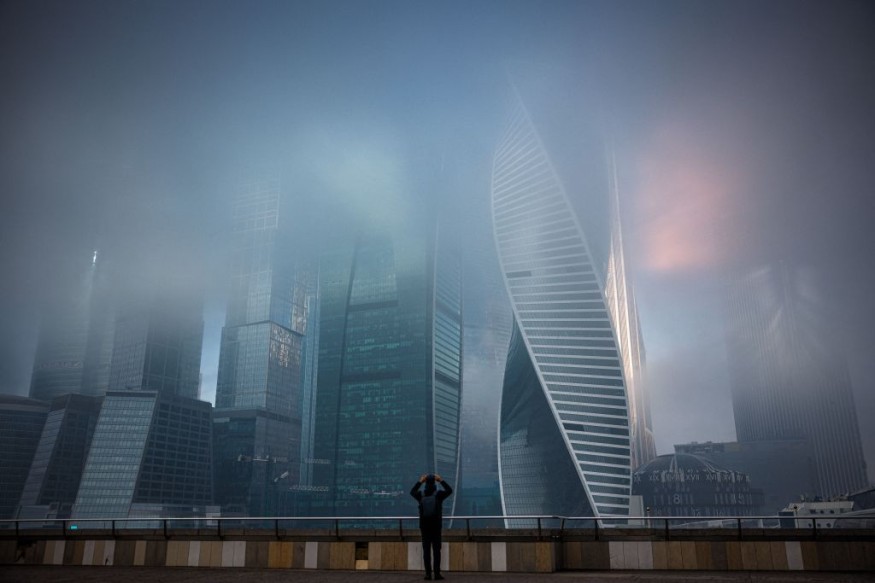From late Monday to early Wednesday, thick fog shrouded Moscow, causing hundreds of flights to be canceled in one of the worst travel delays the Russian capital has seen in a decade.

Cancelled Flights
According to Bloomberg, more than 200 flights were canceled or delayed at Moscow's major airports on Tuesday. Although no figures on disruptions are available, the delays seemed to be the most since an ice storm blanketed the city in December 2010, according to a spokesman for Russia's state air transport agency Rosaviatsia.
The return of fog on Wednesday resulted in another 60 flight cancellations or delays.
Related Article : Super Sandstorm Reoccurred in North China After 10 Years. What Could be the Reason For This?
Russian Fog
When the fog first descended throughout the city on Monday evening, visibility was immediately diminished. Observations from across the city revealed that visibility had dropped to near nil for up to 14 hours. In addition, temperatures dropped below freezing in some regions overnight, possibly causing ice to form on some surfaces.
As the deep fog covered Moscow's iconic Red Square, city landmarks such as St. Basil's Cathedral appeared almost ghostly.
Fog can develop exceedingly dense when conditions allow, reducing vision to a few hundred feet or even less in some cases.
While the fog thinned down a little in the afternoon on Tuesday, it thickened later that evening and into Wednesday morning. So even while it wasn't as bad as Tuesday, there were still delays all across the city.
The fog had cleared, and visibility had improved by late Wednesday morning, while a layer of clouds persisted only a few hundred feet above the earth.
According to Roys, fog is relatively common in western Russia during the fall and winter months, though it is rare to see fog this dense and stay for this long.
What are Fogs?
A cloud that touches the ground is called fog. Fog can be thin or thick, making it difficult for humans to see through it. Fog can be so thick in some situations that it obscures passing vehicles. In dense fog, even landmarks such as London Bridge in London, England, and the Golden Gate Bridge in San Francisco, California, are nearly challenging to see.
When water vapor, or water in its gaseous state, condenses, fog forms. Water vapor molecules unite during condensation to form small liquid water droplets that float in the air. Because of the small water droplets, fog may be seen. Water vapor is a gas that is imperceptible to the naked eye.
When it's humid, fog forms, fog can only occur if there is a lot of water vapor in the air.
Dust or other air pollution must be present in the air for the fog to occur. Around these small solid particles, water vapor condenses. For example, sea fog is generated when water vapor condenses around salt particles near saline water bodies.
Fog can build swiftly and disappear just as quickly, depending on humidity and temperature.
For more environmental news, don't forget to follow Nature World News
© 2025 NatureWorldNews.com All rights reserved. Do not reproduce without permission.

